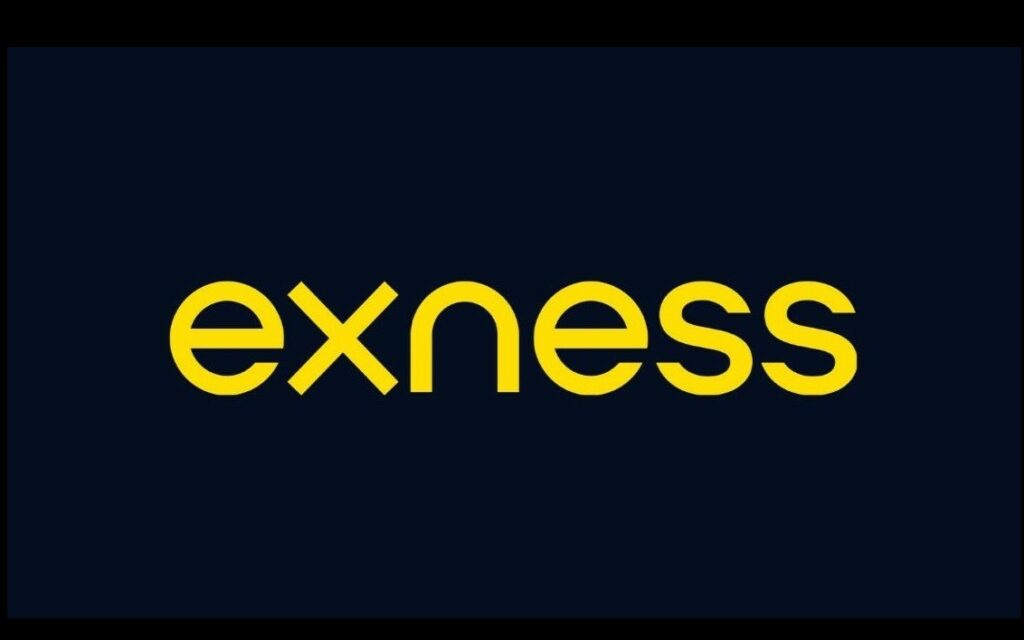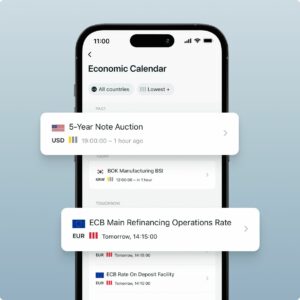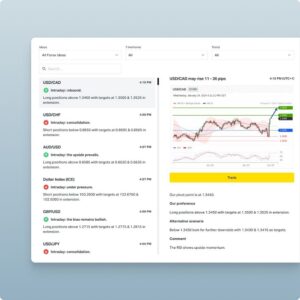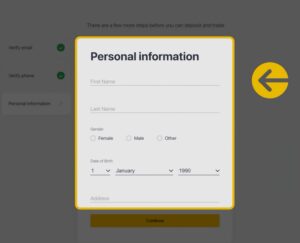Spreads are a crucial aspect of trading, as they represent the cost you incur when opening a trade. Exness offers competitive spreads across different account types, making it a favored choice for both beginners and seasoned traders. This guide provides a detailed overview of Exness spreads, how they work, and how they affect your trading costs.
What Are Spreads?
A spread is the difference between the bid (sell) price and the ask (buy) price of a trading instrument. Essentially, it’s the fee you pay to your broker when you open a trade. Spreads can be fixed or variable, depending on the account type and market conditions.

| Term | Definition |
| Bid Price | The highest price a buyer is willing to pay for an asset |
| Ask Price | The lowest price a seller is willing to accept for an asset |
| Spread | Difference between the bid and ask prices; represents the broker’s fee |
| Fixed Spread | Remains constant regardless of market conditions |
| Variable Spread | Fluctuates based on market volatility and liquidity |
| Pip | The smallest price movement in a currency pair (e.g., 0.0001 for EUR/USD) |
Types of Spreads on Exness Accounts
Exness provides different types of spreads depending on the account type. Here’s an expanded comparison across multiple account options:
| Account Type | Spreads | Minimum Deposit | Commission | Leverage | Best For |
| Standard | From 0.3 pips (variable) | $1 | No | Up to 1:2000 | Beginners, general trading |
| Standard Cent | From 0.5 pips (variable) | $1 | No | Up to 1:2000 | Micro lot trading |
| Pro | From 0.1 pips (variable) | $200 | No | Up to 1:2000 | Intermediate traders |
| Raw Spread | From 0.0 pips (variable) | $500 | $3.5 per lot per side | Up to 1:2000 | Scalping, high-frequency trading |
| Zero Spread | Fixed at 0.0 pips | $500 | $3.5 per lot per side | Up to 1:2000 | Precise entry/exit strategies |
Explanation: The Raw Spread and Zero Spread accounts are designed for traders who prioritize minimal spreads, making them ideal for scalping and strategies that require precise entry and exit points.
Expanded Examples of Spreads for Popular Instruments
To better understand how spreads vary across instruments and account types, let’s examine detailed examples:
| Instrument | Standard Account Spread | Pro Account Spread | Raw Spread Account | Zero Spread Account | Trading Hours |
| EUR/USD | From 0.5 pips | From 0.3 pips | 0.0 pips | 0.0 pips | 24/5 |
| GBP/USD | From 0.7 pips | From 0.4 pips | 0.1 pips | 0.0 pips | 24/5 |
| Gold (XAU/USD) | From 1.5 pips | From 0.9 pips | 0.3 pips | 0.2 pips | 24/5 |
| NASDAQ Index | From 2.0 pips | From 1.5 pips | 0.5 pips | 0.5 pips | 15:30 – 22:00 (GMT) |
| Bitcoin (BTC/USD) | From 30.0 pips | From 20.0 pips | 15.0 pips | 12.0 pips | 24/7 |
| Crude Oil (WTI) | From 3.0 pips | From 2.5 pips | 1.5 pips | 1.0 pips | 01:00 – 24:00 (GMT) |
Factors Affecting Spreads on Exness
Spreads can fluctuate due to various market factors. Below is an expanded overview of what influences spreads:
| Factor | Description | Impact on Spreads | Example |
| Market Volatility | Increased market movement (e.g., news releases) | Spreads widen due to rapid price changes | US Non-Farm Payrolls data release |
| Liquidity | Higher liquidity results in narrower spreads | Lower liquidity widens spreads | Weekends or holidays |
| Trading Hours | Off-peak hours can result in wider spreads | Wider spreads during low-volume periods | Asian trading session |
| Account Type | Different accounts have varying spreads | Raw Spread accounts have tighter spreads | Scalpers prefer Raw Spread accounts |
| Instrument Traded | Forex pairs generally have tighter spreads than indices or cryptos | Cryptos and exotic pairs have wider spreads | Trading exotic pairs like USD/TRY |
Comparison of Exness Spreads with Other Brokers
Let’s compare Exness’s spreads with other popular brokers to see how they stack up:
| Broker | EUR/USD Spread | Gold Spread | Bitcoin Spread | Commission | Platform | Leverage |
| Exness | From 0.3 pips | From 1.5 pips | From 30.0 pips | $0-$3.5 per lot | MT4, MT5 | Up to 1:2000 |
| IC Markets | From 0.1 pips | From 1.8 pips | From 35.0 pips | $3.5 per lot | MT4, MT5, cTrader | Up to 1:500 |
| Pepperstone | From 0.6 pips | From 2.0 pips | From 40.0 pips | $3.5 per lot | MT4, MT5, cTrader | Up to 1:500 |
| OANDA | From 1.0 pips | From 2.5 pips | From 50.0 pips | No commission | OANDA platform | Up to 1:100 |
| FXTM | From 0.5 pips | From 2.0 pips | From 45.0 pips | $4 per lot | MT4, MT5 | Up to 1:1000 |
Explanation: Exness stands out with its competitive spreads, especially for traders using Raw Spread and Zero Spread accounts.
Best Practices for Reducing Trading Costs
| Tip | How It Helps | Best Time to Use |
| Trade During Peak Market Hours | Higher liquidity results in narrower spreads | London and New York sessions |
| Use Raw Spread Accounts | Provides the lowest spreads with a small commission fee | High-frequency trading |
| Avoid Trading During Major News | Reduces the risk of wider spreads due to volatility | US Non-Farm Payrolls, FOMC meetings |
| Monitor Real-Time Spreads | Helps avoid high trading costs during volatile periods | Use the Market Watch feature on MT4/MT5 |
| Select the Right Account Type | Choose an account that aligns with your trading style | Scalpers should consider Zero Spread |
Conclusion
Understanding spreads and how they work is essential for managing your trading costs. By choosing the right account type and monitoring spreads, you can optimize your trading strategy on Exness. Use the tools and tips provided in this guide to reduce your trading expenses and maximize profitability.

Trade with a trusted broker Exness today
See for yourself why Exness is the broker of choice for over 800,000 traders and 64,000 partners.
Frequently Asked Questions (FAQs)
Are Exness spreads fixed or variable?
Exness offers both fixed and variable spreads, depending on the account type.



